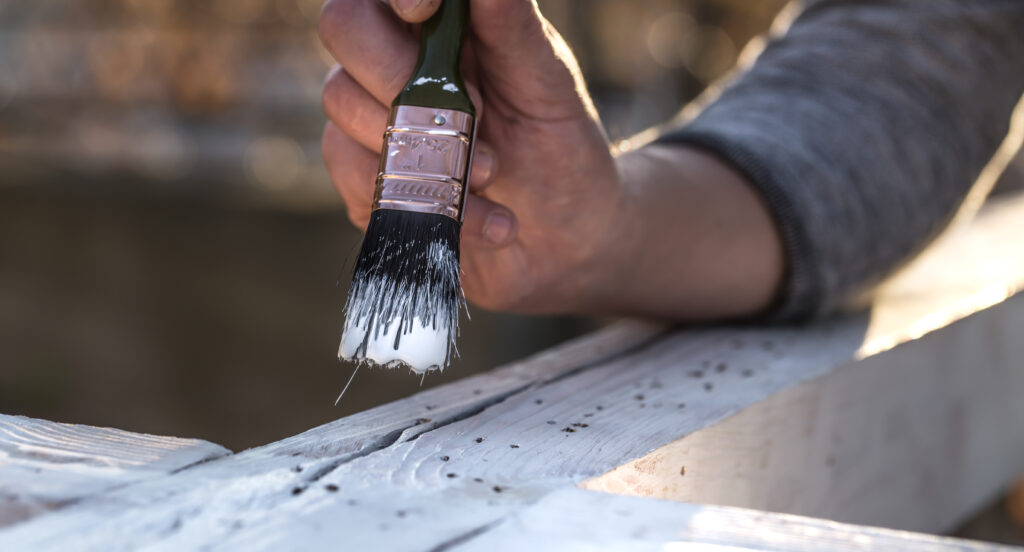First-time homebuyers have a lot to juggle between touring open houses, finding the right real estate agent, and carefully balancing their finances. New responsibilities and decisions can stack up quickly, but that doesn’t mean you have to feel overwhelmed! With the right clarity and know-how, buying a home can be smooth and even enjoyable, even while navigating unexpected costs.
Part of our mission statement is to give guidance throughout the entire home-buying process – whether you’re a seasoned property owner or purchasing a home for the very first time. So let’s dive into one of the most common concerns we encounter: cost. While it’s true that the costs associated with buying a home go beyond the listing price, homebuyers do not have to operate in the dark. Here are the biggest considerations to take into account when buying your first home:
1. Start with the Home Appraisal
Not all homes require appraisals, but when taking out a loan (which is usually what first-time homebuyers will be doing), lenders will require an assessment to confirm the home’s market value. Home appraisals vary in price depending on things like the size of the property as well as location, with $300 to $500 being fairly typical.
Appraisals are performed by licensed and certified professionals who take into account recent sales of similar properties in the area. With the appraisal in hand, lenders can trust the property’s value is comparable to the amount of the loan. Although a nominal cost in the wider scheme of buying a home, this is an additional fee that is required, and it can sometimes come as a surprise to those unfamiliar with the homebuying process.
2. Invest in a Home Inspection
After the appraisal, the property is evaluated again under a different lens via a home inspection. Often a similar cost as a home appraisal, the home inspection is a far more thorough examination performed by a third-party professional in order to determine the overall condition of the home at the time of the inspection.
One thing that is important to note is that home inspections are non-invasive, meaning inspectors will not perform any destructive actions on the property in order to discover defects.
While a home inspection may start between $300 to $500 (again, depending on the size of home, location, and age), homebuyers may wish to include additional services on top of the base inspection price in order to confirm the condition of inaccessible systems, assess the quality of the environment, or clarify any other number of questions regarding the condition of the home (services like radon testing, sewer scans, or indoor air quality testing, for example, can help provide important context and information).
The home inspection is one example of an investment homebuyers make that can actually end up saving them money. If the inspector uncovers needed repairs, buyers can use their report to negotiate for a better price, or even walk away from the agreement. Again, in the wider context of purchasing a home, a home inspection is a relatively small cost. Still, this charge can come as a surprise to new homebuyers who are unfamiliar with the process.
3. Anticipate Closing Costs
Once the seller has accepted the offer and final negotiations have been completed, the homebuyer can finally start calling themselves a homeowner. At least they will after dealing with what just might be the number one most unexpected portion of a homebuyer’s final costs.
Closing costs include all additional costs paid on closing day, ranging from things like attorney fees, escrow funds, application fees, and discount points. At the end of the day, closing costs average from 3% to 6% of the total mortgage cost, or about $6,000 to $12,000 (see more about closing costs, including averages per state from Miranda Crace at Rocket Mortgage).
As one might guess, this substantial cost is one aspect of purchasing a home that can come as quite the shock for first-time homebuyers who aren’t in the know. Be sure to consider this essential factor before popping the champagne!
4. Factor in Moving Costs
Once a home is purchased, it’s finally time to think about furnishing the property and moving in. Even on the tightest shoe-string budget (buying a pizza for your friends and maybe renting a moving truck), new homeowners will have to set aside some funds for their relocation.
On the absolute lowest end of the spectrum, new homeowners can expect to spend around $200 for a cheap, local move. But for those who are moving from out of town or have a large amount of furniture that needs to be transported, moving costs can rise up to the $10,000 range. Moving is one aspect that can vary wildly depending on the homeowner’s needs and their willingness to use a little of their own elbow grease.
For more information on moving costs, read this article from the experts over at Nerdwallet!
5. Consider Renovations and Repairs
No home is perfect, and any house will inevitably require a few repairs and potentially a few renovations before it fits what a new homeowner needs. Those homeowners who skipped their inspection just might be saddled with major repair costs when issues come to light. In worst-case scenarios where high ticket items need major repairs or replacements, new homeowners may spend $7,500 for a new HVAC system, $8,300 for a new roof, $2,500 for a new sewer line, or $4,500 for extensive foundation repairs.
See more home repair estimates from the experts over at Angie’s List!
Homeowners who have taken the proper precautions should expect much more modest expenses for initial renovations and repairs, but most will still have to sort the must-do repairs and renovations from those that they can put off until a future date. Repairs and maintenance costs can quickly add up, especially when you don’t see them coming!
6. Expect Consistent Maintenance Costs
One thing that new homeowners can do to help manage these ongoing maintenance costs leads us to the next item on this list. Renters avoid the constant maintenance fees related to keeping a home in working order, including paying for tools, lawn care necessities, and even snow removal equipment depending on your climate. That hammer and screwdriver that brought you through years of apartment living unfortunately won’t cut it in your new home.
The most common rule of thumb for a homeowner’s maintenance fund is 1 to 4 percent of the home’s value per year to cover the inevitable knicks and bruises encountered along the way. Check out our Maintenance Minutes videos to stay caught up on the essentials, such as testing your carbon monoxide and smoke detectors, changing your furnace filters, and locating your shut-off valves.
Homeowners frequently look back on their first buying experience wishing they’d done things differently or that they knew that one essential tip that would have made everything easier. Starting with a home inspection by a trusted professional will help reduce surprises and create an actionable home maintenance plan for years down the road!
NPI inspectors have been keeping buyers informed on their purchases since 1987, providing unmatched inspection services across the US and Canada. If you’re in the market for a property inspection, there’s no better option in the industry! Contact your local inspector today for a quote.



